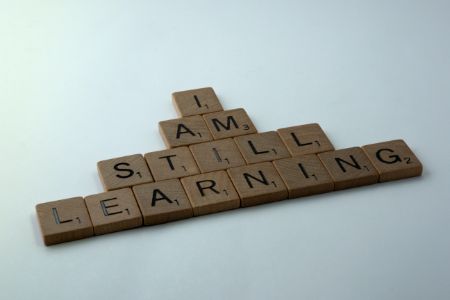Which Learning Techniques Work? 🤔
In 2013, Scientific American Mind looked into the best ways to study and learn. The authors found that some methods are effective in different situations and topics and can assist long-term retention while others are a bit dodgy. Learning how to learn can have lifelong benefits so it's worth re-examining the article — even after 10 years.

tl;dr 🫵
Self-Testing and Distributed Practice are excellent techniques to improve learning. They are efficient, easy to use and effective.
Learning how to study can be just as important [as what is studied], with lifelong benefits. It can teach you to pick up knowledge faster and more efficiently and allow you to retain information for years rather than days.
The authors' baseline was that a technique must be useful in a range of learning conditions e.g., alone or in groups. The technique must assist learners of different ages, abilities and levels of knowledge and have been tested. Learners should be able to use the method to master different subjects, and that their performance should be enhanced and result in long-lasting improvements in knowledge and comprehension.
The Winners 🙌 🫵
Self-Testing 🫵
Done by students on their own, outside of class. Methods include using flash cards (physical or digital) to test recall or answering the sample questions at the end of textbook chapters. Although most students prefer to take as few tests as possible, hundreds of experiments show that self-testing improves learning and retention.
Anyone can benefit from self-testing and it can be used for all kinds of factual information: learning words in new languages, making spelling lists and memorising parts of a program. It even improves retention for people with Alzheimer’s disease.
Short, frequent exams are most effective, especially when test takers receive feedback on the correct answers.
Self-testing works even when its format is different from that of a real test. The beneficial effects may last months — if not years. It requires modest amounts of time and little to no training. Self-testing works across a range of formats, content, learner ages and retention intervals.
Learners can also self-test with the Cornell system: during in-class note taking, make a column on one side of a page to enter key terms or questions. Then, test yourself (later) by covering the notes and answering questions or explaining keywords on the other side of the page.
Distributed Practice 🫵
Distributed practice is effective for learners of different ages studying a wide variety of materials and over long delays. For best results, spread study over time because cramming (studying a lot of material in a short time period) does not work.
Textbooks often group problems together by topic but learners can intersperse them however they want. Planning is required to overcome procrastination.
Longer and increasing intervals are generally more effective. To remember something for one week, learning episodes should be 12 to 24 hours apart; to remember something for five years, they should be spaced six to 12 months apart. Although it may not seem like it, you actually do retain information even during these long intervals, and you quickly relearn what you have forgotten. Long delays between study periods are ideal to retain fundamental concepts that form the basis for advanced knowledge.
The Losers 😩 🫵
Highlighting or Underlining can only be useful if the marked information is turned into flash cards or self-tests.
Re-reading suffers from diminishing returns with each additional repetition and does poorly against the more active learning strategies.
But note the Zettlekasten reading habit strategy …
- Read the book quickly but completely unless it makes you vomit or bores you to sleep. Mark useful, interesting or inspirational passages.
- Re-read the book but only the marked parts. Take notes and think about what you're reading using mind maps, bullet points etc., to think clearer.
Regardless …
None of these learning techniques are a panacea. They benefit only those who are motivated and capable of using them. John Dunlosky et al., What Works, What Doesn't (a PDF file).
- ↜ Previous: How to Remember 🎗️ Things
- ↝ Next: Priest Punished 😲 for Pop Porn!